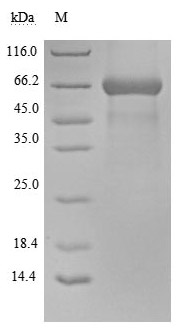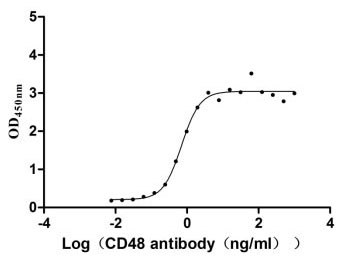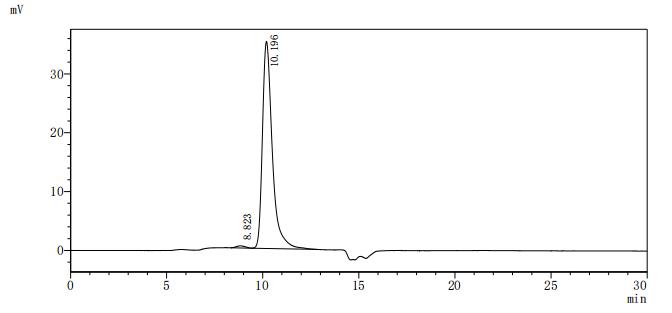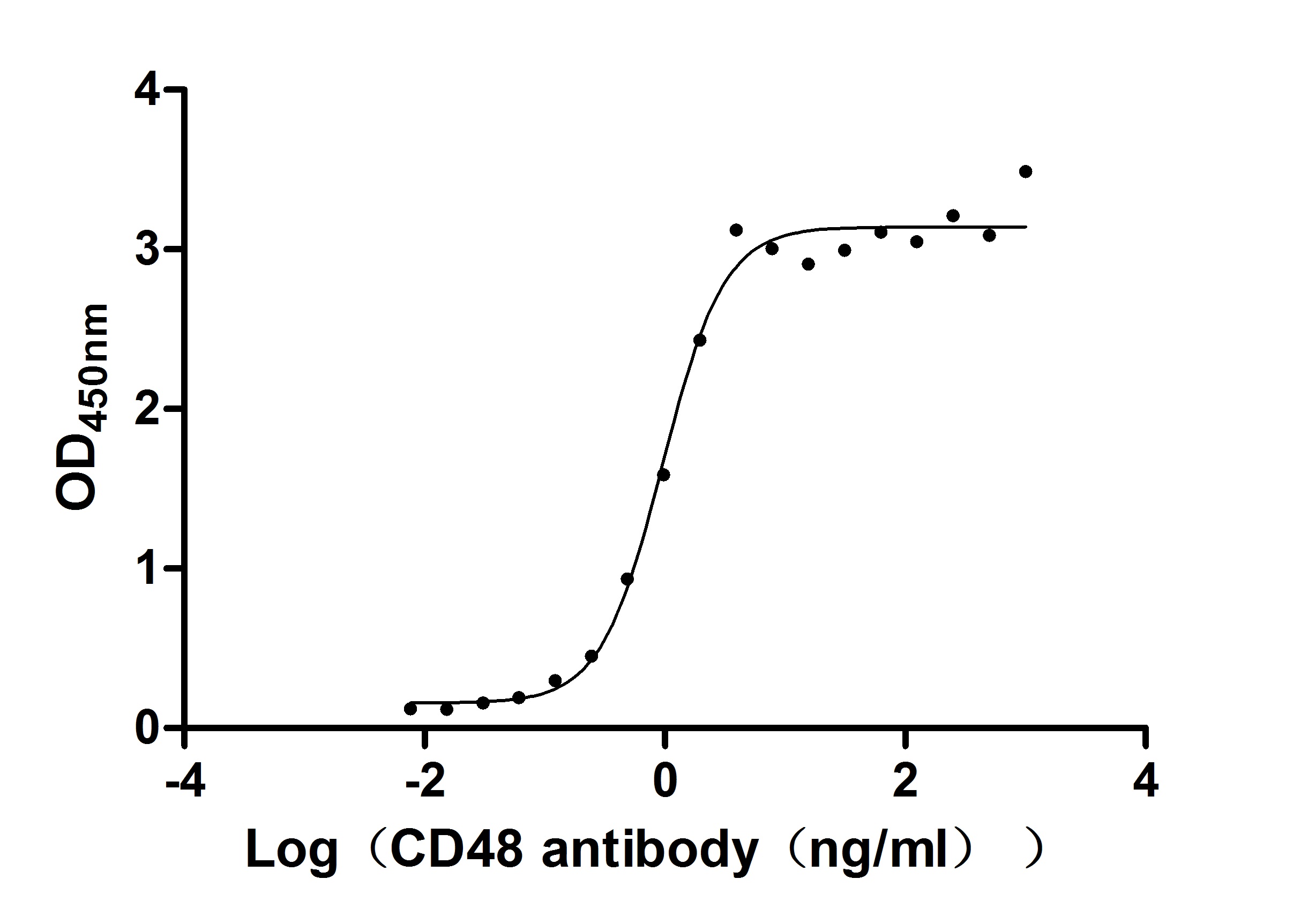Human CD48 amino acid Gln27-Ser220 with an N-terminal linker, a TEV (tobacco etch virus)+linker, and a C-terminal human IgG1 Fc tag (Pro100-Lys330), was expressed in mammalian cells. The resulting product is the recombinant human CD48 antigen. The purity of this CD48 protein reaches up to 90% detected by SDS-PAGE. This protein ran at a molecular weight of about 60 kDa by SDS-PAGE due to glycosylation. Its endotoxin content is less than 1.0 EU/ug as determined by the LAL method. The bioactivity of this recombinant CD48 protein was measured in a functional ELISA. This CD48 protein can bind to the CD48 antibody with an EC50 constant of 0.5806-0.8463 ng/ml. And it is available now.
CD48 is a glycosylphosphatidylinositol-anchored protein mainly expressed on hematopoietic cells as membrane-associated and soluble forms. Through interaction with its ligands such as CD2 and CD244, CD48 is involved in adhesion and activation of immune cells, modulation of target cell lysis by cytolytic cells, and detection of microbes through the CD48-Fimh interaction. CD48 is upregulated under inflammatory conditions and some hematologic malignancies.










